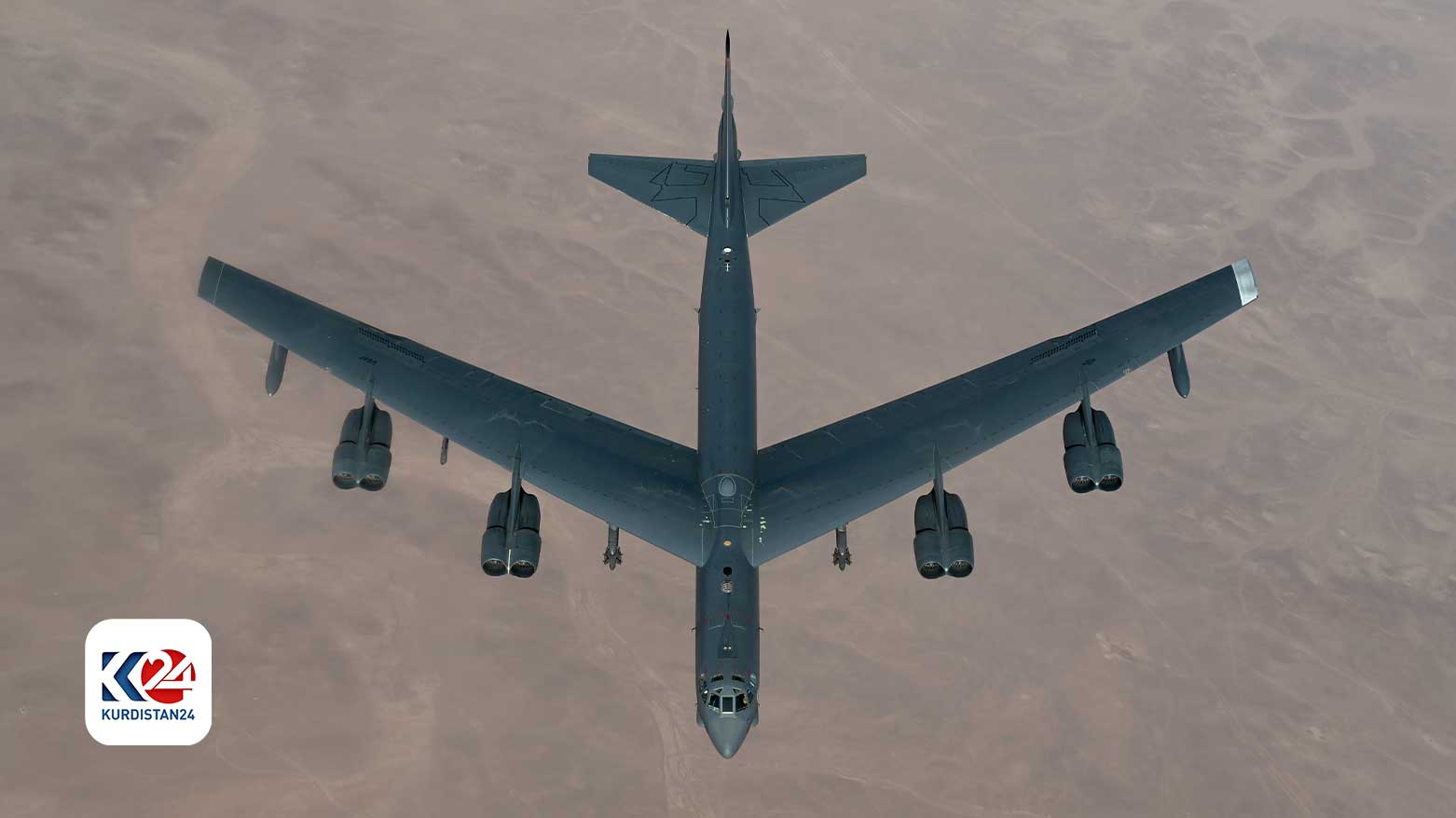US Bombs “Over 75” ISIS Targets in “Central Syria” after Fall of Assad Regime
The military operation was among the largest conducted by CENTCOM in 10 years. Air & Space Forces Magazine characterized it as “massive anti-ISIS airstrikes.”

Dec 9, 2024
WASHINGTON DC, United States (Kurdistan 24) CENTCOM announced on Sunday that it had bombed more than 75 ISIS targets in central Syria after the collapse of the regime of Bashar al-Assad, as Turkish-backed rebels took control of Damascus, and Assad fled to Russia.
The large-scale CENTCOM attack, coming just one day after the fall of the Syrian regime on Saturday, suggests that if CENTCOM did not actually anticipate the regime’s collapse, it prepared contingencies for that scenario.
After all, CENTCOM knew what sites to target and how to target them. Such an operation could not be planned and executed within 24 hours.
Hence the suggestion that CENTCOM recognized in advance that the regime might fall, and if it did fall, an opportunity would arise to strike a major blow against ISIS.
This seems an obvious point, but few have noted it: CENTCOM was preparing to strike ISIS targets in Syria, when many others had yet to recognize the peri engulfing the Assad regime.
The large size of the strike—over 75 targets—also suggests that the Syrian regime had tolerated ISIS’s presence in territory under its control, if it had not actually supported the terrorist organization.
U.S. Attack on ISIS Targets in Central Syria
CENTCOM “forces conducted dozens of precision airstrikes targeting known ISIS camps and operatives in central Syria,” CENTCOM said on X in a post dated December 8.
The strikes targeted “the ISIS leaders, operatives, and camps” and aimed “to disrupt, degrade, and defeat ISIS, in order to prevent the terrorist group from conducting external operations and to ensure that ISIS does not seek to take advantage of the current situation to reconstitute itself in central Syria,” the post continued.
It also warned, “CENTCOM, together with allies and partners in the region, will continue to carry out operations to degrade” ISIS’s capabilities even during what CENTCOM called “this dynamic period in Syria.”
To underscore that message, CENTCOM commander, Gen. Michael Erik Kurilla, affirmed, “All organizations in Syria should know that we will hold them accountable if they partner with or support ISIS in any way.”
Large Number, Variety of Aircraft Used in Sunday’s Strike
Sunday’s attack was one of the largest conducted by CENTCOM during the ten-year long war against ISIS, if not the largest such attack.
“Air & Space Forces Magazine” characterized the military operation as “massive anti-ISIS airstrikes.”
The strikes involved B-52 Stratofortress bombers, a long-range bomber, which can fly from the continental U.S. to the Middle East and back again; the F-15 Strike Eagle, a deep interdiction and air-to-air combat plane, which would have protected the B-52s, as they flew to Syria and back; and the A-10 Thunderbolt, which provides close air support to ground forces. However, CENTCOM did not mention the involvement of ground forces in the operation.
The planes dropped some 140 bombs on over 75 targets, according to a senior administration official.
“At the president’s authorization,” he explained, “we targeted a significant gathering of ISIS fighters and leaders.”
